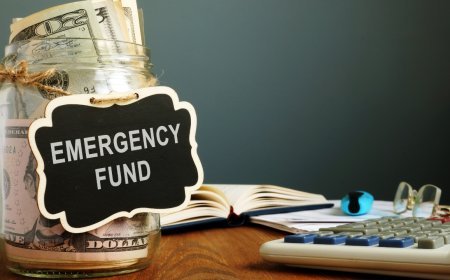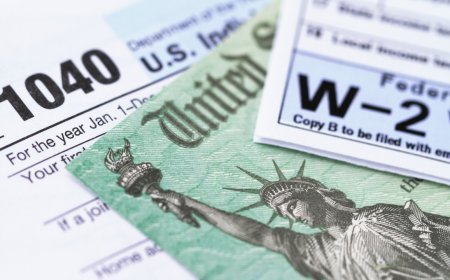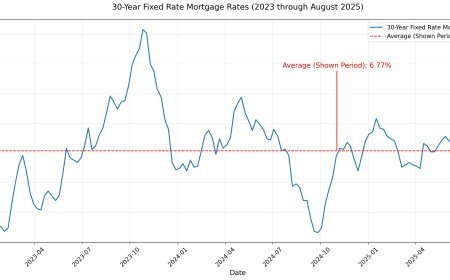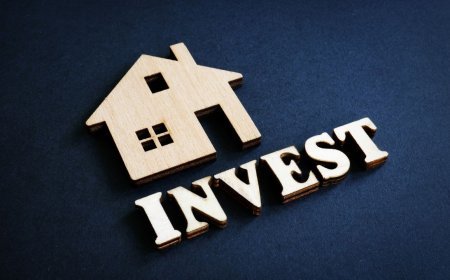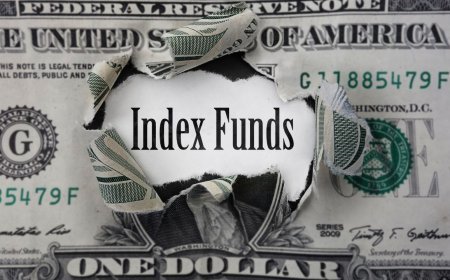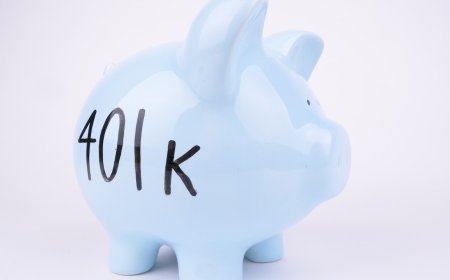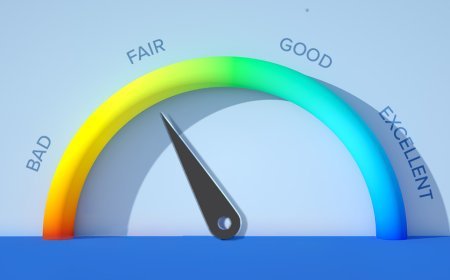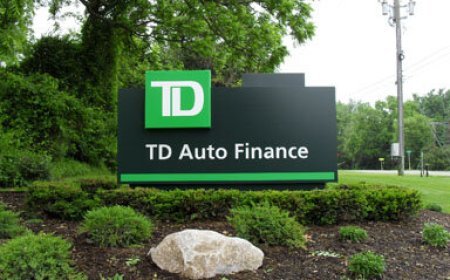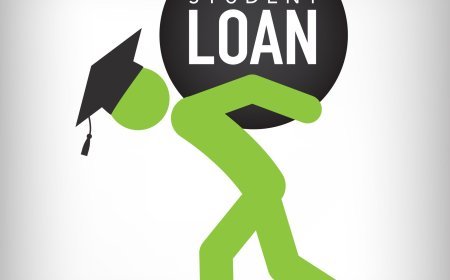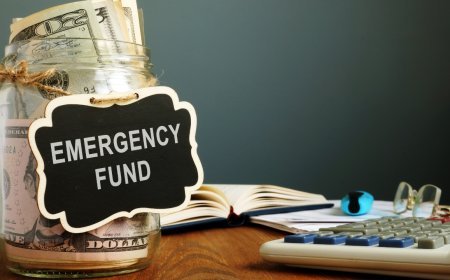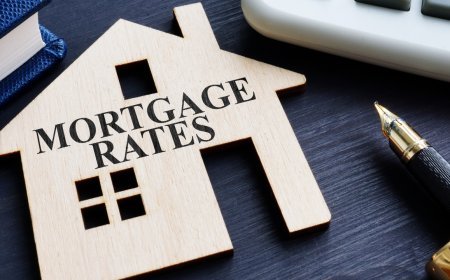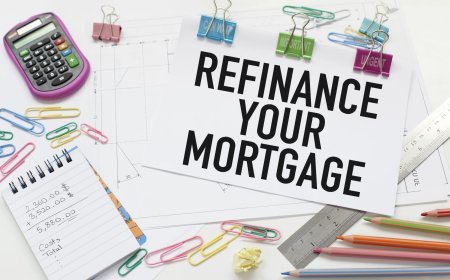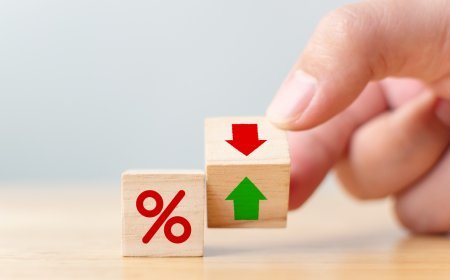Mortgage Rates Hit Lowest Level in Over a Year: What Homebuyers and Refinancers Need to Know on October 27, 2025

Mortgage rates remain at their most attractive point in more than 12 months, offering a rare window for buyers and homeowners looking to refinance. According to the latest Zillow data reported by Yahoo Personal Finance, the national average 30-year fixed mortgage rate dipped four basis points to 6.09 percent, while the 15-year fixed rate climbed seven basis points to 5.44 percent.
These figures represent national averages rounded to the nearest hundredth, and actual offers will vary based on credit profile, location, and lender competition. Still, the broader trend is clear: borrowing costs for home purchases have eased to levels not seen since mid-2024.
Today’s Purchase Rates at a Glance
The 30-year fixed rate now stands at 6.09 percent—down slightly from last week and the lowest mark in over a year. Shorter terms show mixed movement: the 20-year fixed holds steady at 5.75 percent, and the 15-year fixed sits at 5.44 percent after a modest uptick.
Adjustable-rate options remain less competitive than usual. The popular 5/1 ARM averages 6.22 percent, actually higher than the 30-year fixed, while the 7/1 ARM comes in at 6.53 percent. VA loans continue to offer the deepest discounts, with 30-year VA rates at 5.58 percent and 15-year VA rates as low as 5.01 percent.
Refinance Rates Run Slightly Higher
Homeowners exploring cash-out or rate-and-term refinances face marginally elevated pricing. The 30-year fixed refinance rate averages 6.24 percent—about 15 basis points above purchase money pricing. The 15-year refinance rate lands at 5.64 percent, and VA refinance options range from 5.54 percent to 5.72 percent depending on term.
The gap between purchase and refinance rates has narrowed compared to earlier in the year, but it still pays to compare both scenarios with multiple lenders.
Real-World Payment Impact
On a $300,000 loan amount, the difference between a 30-year and 15-year term is stark. At today’s 6.09 percent 30-year rate, principal and interest payments run approximately $1,816 per month, with total interest costs reaching $353,777 over the life of the loan.
Opt for the 15-year term at 5.44 percent and monthly payments jump to $2,442, but lifetime interest drops to just $139,508—a savings of more than $214,000. These calculations exclude taxes, insurance, or HOA fees, which can add hundreds to the true monthly cost.
Why Rates Are Holding Low
Persistent cooling in inflation readings, coupled with uncertainty around federal policy and Fed rate decisions, has kept long-term bond yields—and by extension mortgage rates—in check. Economists do not anticipate dramatic declines before year-end, making today’s 6.09 percent benchmark a compelling entry point for qualified borrowers.
Strategies to Secure the Best Rate
Lenders reserve their lowest pricing for borrowers with strong credit, low debt-to-income ratios, and sizable down payments. Improving your credit score, paying down revolving debt, or increasing your down payment even a few percentage points can shave basis points off your quoted rate.
Another tactic gaining traction is the rate buydown. By paying discount points upfront—typically 1 percent of the loan amount per 0.25 percent reduction—you can permanently lower your interest rate. Temporary 2-1 buydowns are also available, starting your rate two percent below the note rate in year one, then stepping up gradually.
Should You Lock or Float?
With rates at multi-year lows and little downside projected through December, most borrowers benefit from locking in today’s pricing. Floating carries the risk of a sudden spike if upcoming economic data surprises to the upside.
Bottom Line
The 6.09 percent 30-year fixed rate represents the best borrowing environment in over a year. Homebuyers able to act now can lock in payments lower than at any point since spring 2024, while refinancers with rates above 6.75 percent should run the numbers to see if closing costs justify the move.
Run your own scenario using an online mortgage calculator that factors in property taxes and insurance for the most accurate monthly estimate. Then shop at least three to five lenders—small differences in rate or fees compound into thousands saved over 30 years.
Data reflects Zillow national averages as of October 27, 2025. Individual rates depend on credit score, loan size, property type, and lender guidelines.
What's Your Reaction?
 Like
0
Like
0
 Dislike
0
Dislike
0
 Love
0
Love
0
 Funny
0
Funny
0
 Angry
0
Angry
0
 Sad
0
Sad
0
 Wow
0
Wow
0

